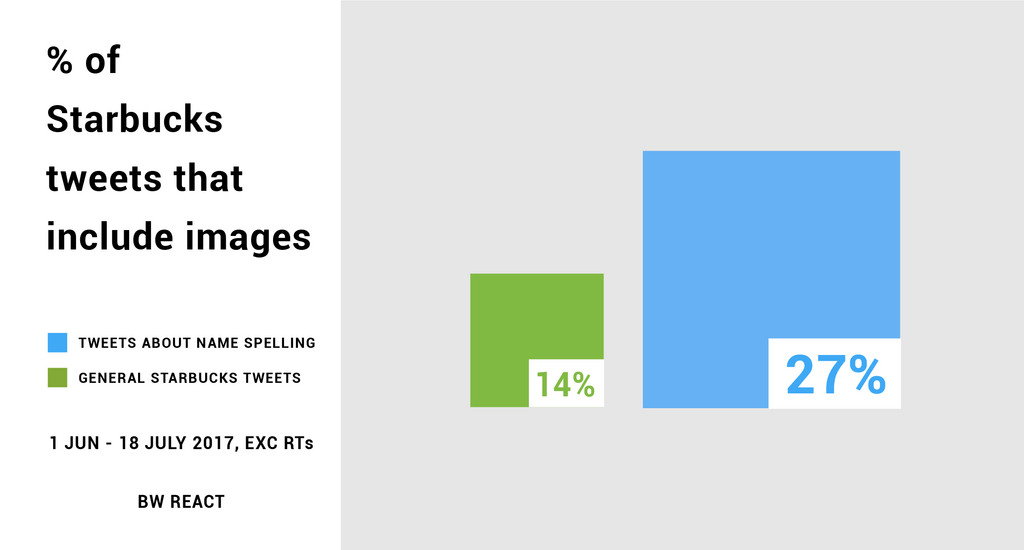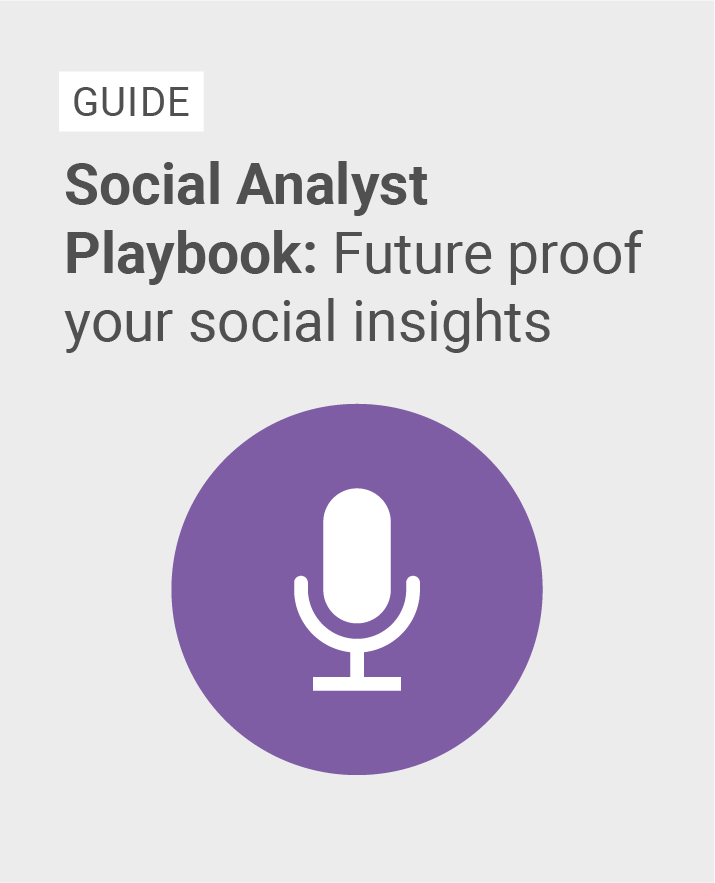When I talk to people about my job analyzing social data, they rarely look excited. To be fair, if your only experience of “analyzing data” is a repetitive Excel task you were made to do at school or in your first job then I can understand why. But the reality of my job goes way beyond moving numbers around in Excel.
When I explain that I use tools to find out what people are saying about big events and items from pop culture then write stories about the numbers, they lighten up a little. It makes more sense and it sounds human and creative, which is a lot more exciting than the concept of formulas and pivot tables.
I joined Brandwatch as a social data journalist because I was excited by the exclusive data the company could provide and how it told people things they didn’t know before. Brandwatch can measure massive swathes of people’s voices in incredible ways.
Being let loose on Brandwatch Analytics to explore the subjects that I think people will find interesting is really rewarding. I’ve written about the presidential candidates people dream about most, looked at pizza consumption patterns in New York and worked out which episodes of Black Mirror people find most disturbing. The possibilities are pretty much endless.
The data is messy because it’s just totally unfiltered thought from people of all walks of life. This blog post is about the beauty of social data and the creative ways it can be used, but also the balance that must be struck between the plausibility of findings and the disruptive insights it can reveal.
Creativity and social data: Starting out
There are two ways to investigate a subject with social data. You can start broad and see what you find, or you can go in with a specific question or hypothesis.
Starting broad
Using this method, you begin with a very broad idea about what you’d like to look at – what people are saying about Black Mirror, for example.
Then you create a broad spanning query that searches for mentions of your chosen topic (perhaps on a sample depending on your mention limit) and dive into the data. In Brandwatch, I’d recommend starting with a summary dashboard that can immediately give you top-line stats and topics.
Straight away you might notice that women are tweeting about Black Mirror more than men, or that one of the biggest words in the topic cloud is “terrifying”. Questions will come from spotting these things – why are women posting about the show more? Which episodes are making people most scared? Why was there a spike in mentions on this day? Who’s driving all this conversation? Then you can start to explore further.
As you look through snippets and other data points you’ll find more and more questions and be able to look for more answers. Remember to try to challenge your assumptions about what you thought this audience or conversation would look like.
The beauty of this method is that you don’t need to decide scope before you begin and there are endless possibilities to segment the data however you like.
Going specific
Starting broad is a good idea if you’ve got time to look. Starting with a more specific focus like a question or assumption to challenge will, of course, help you get to the insights you need quicker.
For example, I wanted to know how much free exposure Starbucks were getting from baristas spelling people’s names wrong on cups, and working with text and image queries that’s exactly what I did.

Brandwatch found that a huge chunk of tweets about Starbucks employees spelling people’s names wrong contained images, many of which contained tasty looking Frappuccinos. Meanwhile, tweets about Starbucks that were not specifically about name spelling were far less likely to contain an image.
Of course, the inspiration for your question could come from anywhere. Our dream research idea came from someone tweeting at us. Our Starbucks research idea came from our own experiences. Your own questions might come from uncertainty around pressing business decisions or the angle of a new campaign.
However you’re looking at the data, remember to look for the unexpected.
